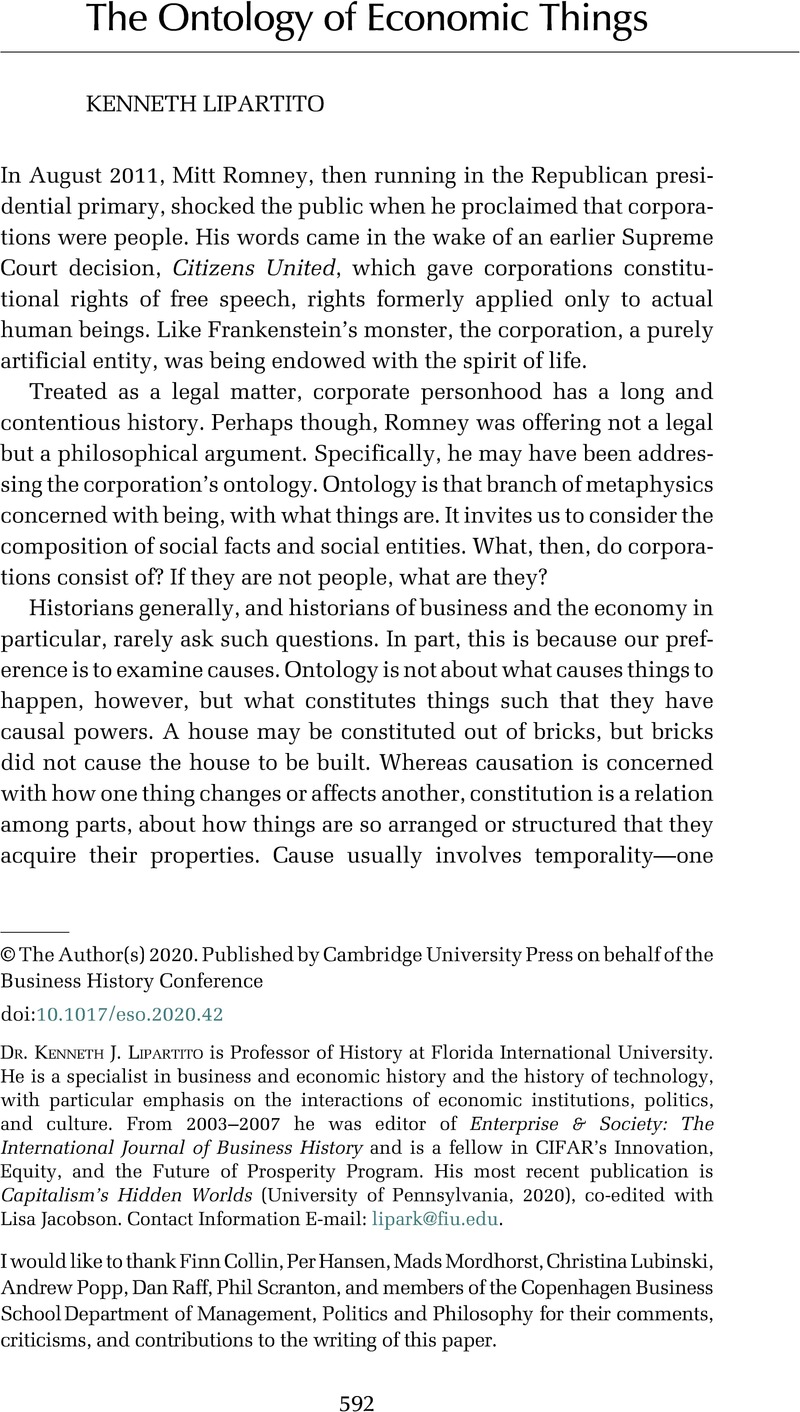Crossref Citations
This article has been cited by the following publications. This list is generated based on data provided by Crossref.
Shkuratenko, Olena
Kuras, Dmytro
and
Bodnar-Petrovska, Olha
2023.
Development of international legal standards in the field of economic and social human rights: Historical and legal analysis in the context of scientific discussion in the journal “Human Rights Quarterly”.
Naukovij vìsnik Nacìonalʹnoï akademìï vnutrìšnìh sprav,
Vol. 28,
Issue. 4,
p.
19.
Popp, Andrew
2024.
Josiah Wedgwood, business history, and our modes of enquiry.
Business History,
p.
1.
Ericson, Mona
Melin, Leif
and
Popp, Andrew
2025.
Cambridge Handbook of Strategy as Practice.
p.
557.



